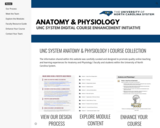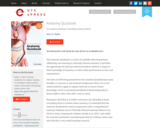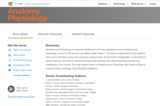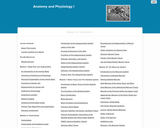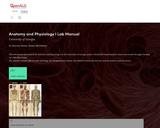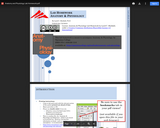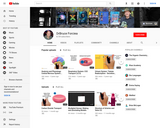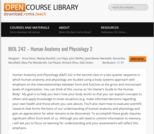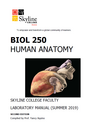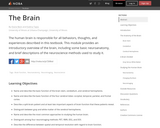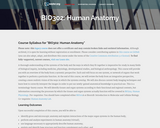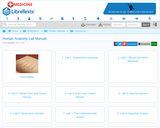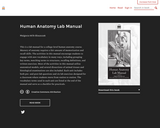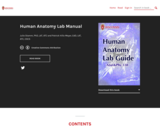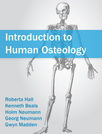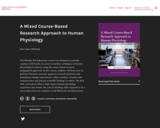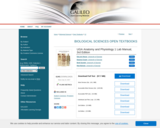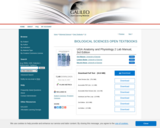Welcome to Human Anatomy Laboratory, the study of the structures of the human body. Our goal is to make this one of the most relevant courses you will take in college. Our anatomy is made up of the structures derived from our skin, our skin (integument), and the structures under our skin that allow us to move, consume and distribute nutrients, send signals throughout the body, and much, much more. An understanding of human anatomy is essential for those entering health careers and other relevant fields, such as biomedical engineering and medical research. Most importantly, understanding your anatomy can help you make informed decisions about your health.
This anatomy lab course is designed to provide a foundation of knowledge in human anatomy and identification of anatomical structure through engaging activities and clinical application. The course will take a regional approach, beginning with a brief introduction to histology, radiology, and body systems followed by three sections covering different body regions: thorax, abdomen, and pelvis; head and neck; and the lower and upper extremities.
We will use human cadaveric specimens, radiology, virtual dissection programs, hands-on-activities, models, and palpation to help understand structural and functional anatomy. We will apply this information with case studies of injury and pathology. By the end of this course, you will have developed a thorough understanding of the anatomy of the human body, be able to apply that knowledge to make informed decisions about your health and be prepared for future studies and practice as a clinician in a variety of health settings.
COURSE LEARNING OUTCOMES
Upon completing this course, students will:
Identify key structures of the human body, including muscles, organs, and bones, and their characteristics.
Explain how structure governs function.
Recognize how structures work together in normal function.
Use anatomical terminology in communication with others in the health field.
Apply anatomical knowledge and identification skills in preparation for practice as a clinician in a variety of health fields.
Table of Contents:
I. Unit 1: Thorax, Abdomen, and Pelvis
II. Unit 2: Head and Neck
III. Unit 3: The Lower Extremities
IV. Unit 4: The Upper Extremities
An alternate version is available here: https://wisc.pb.unizin.org/virtualhumananatomylabmanual/
